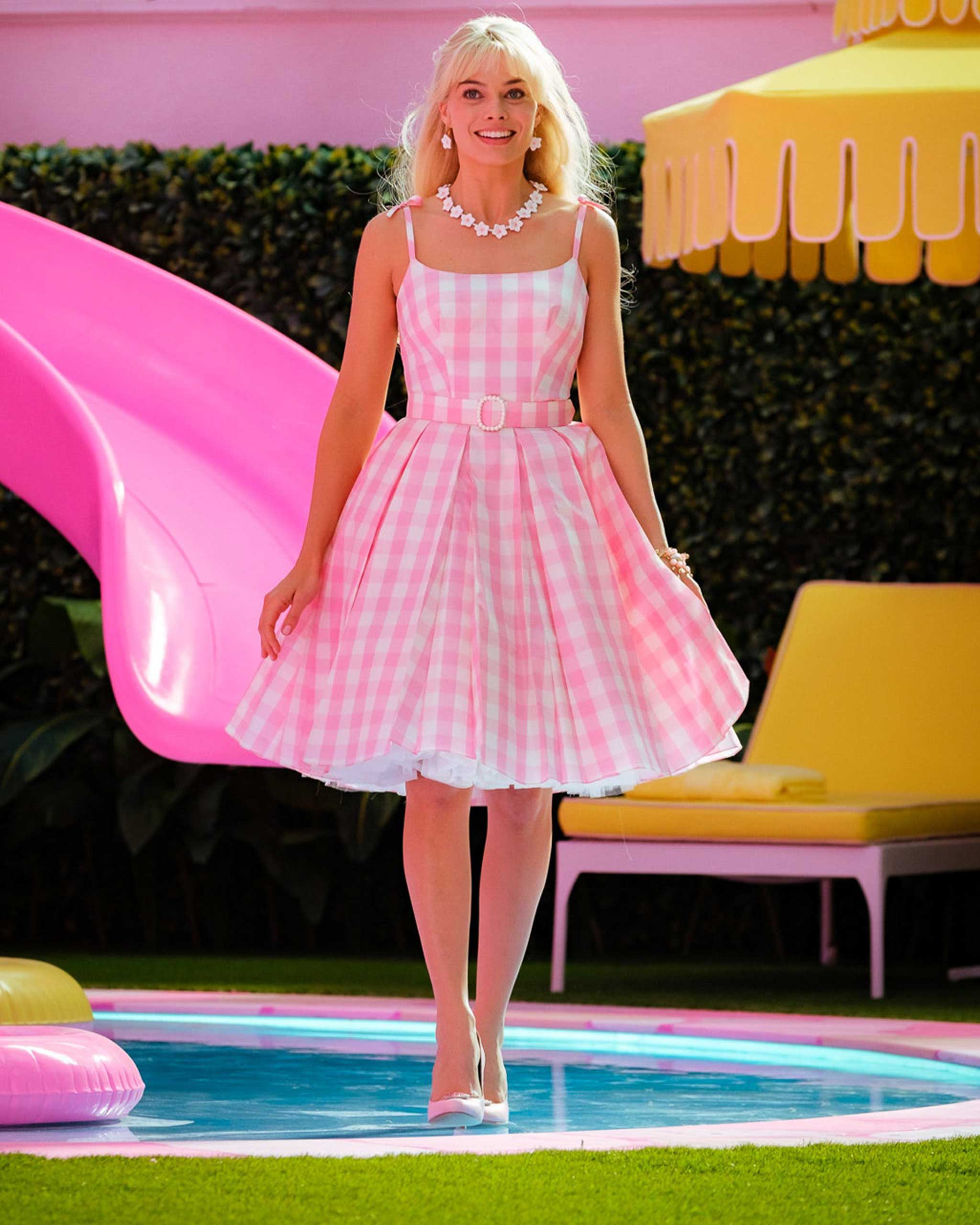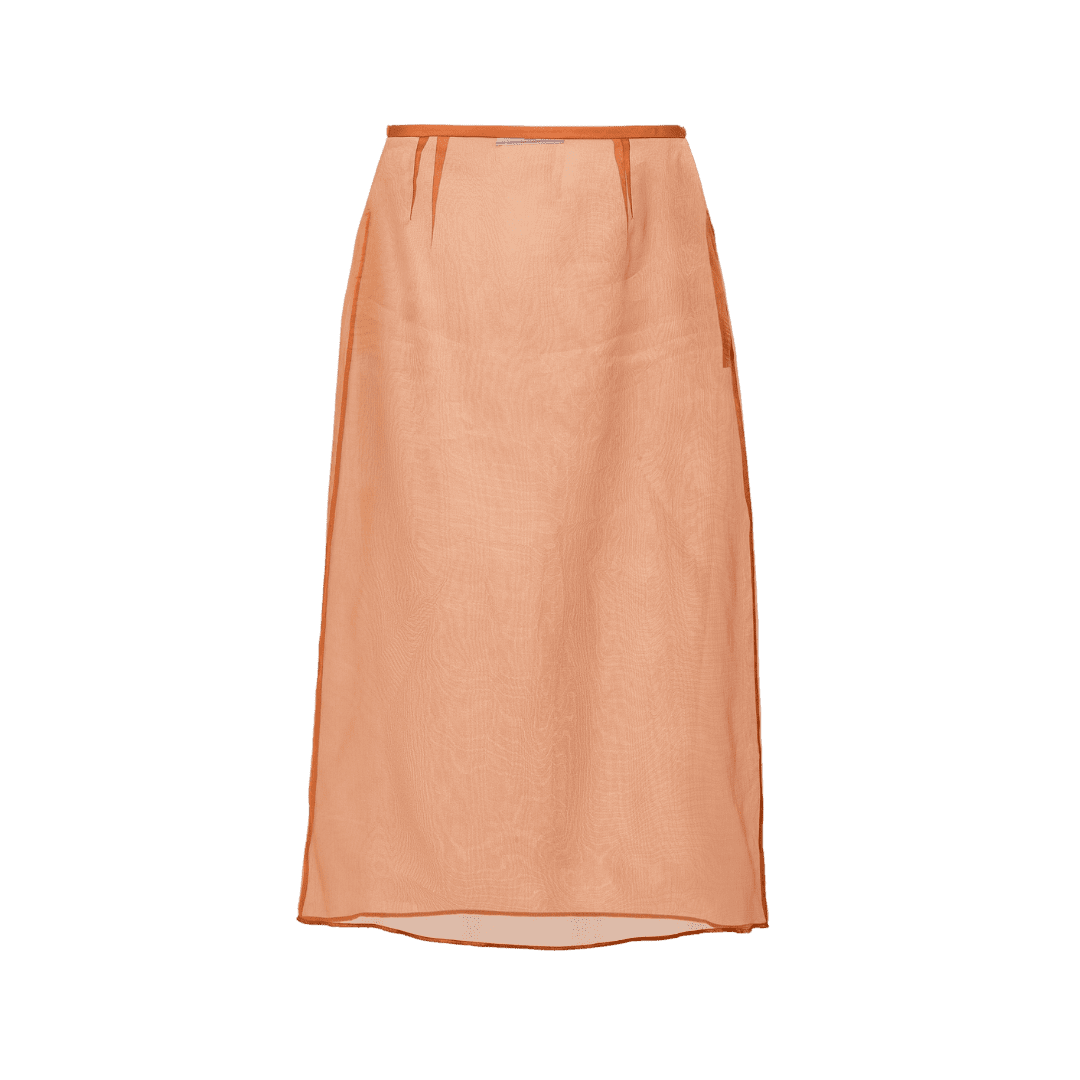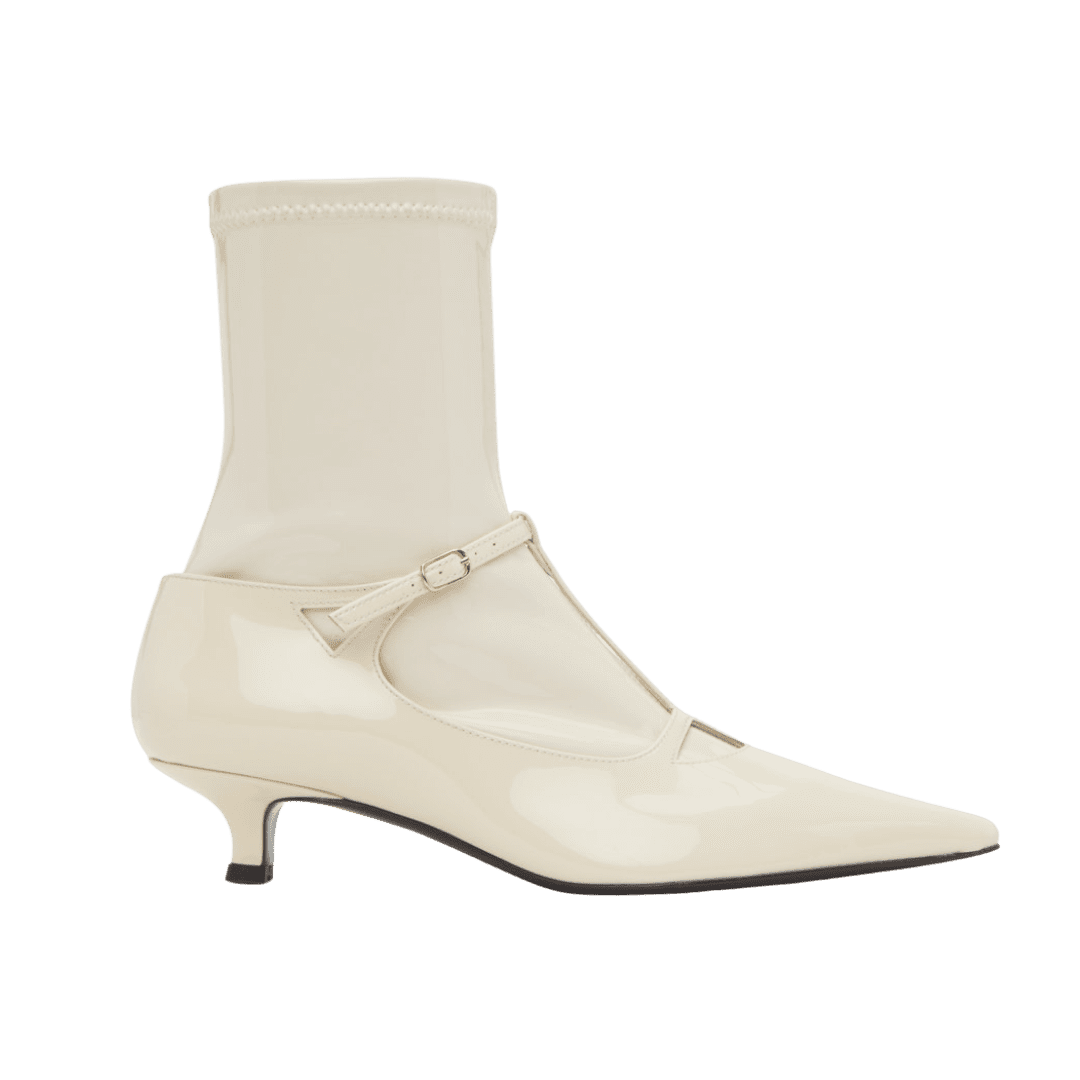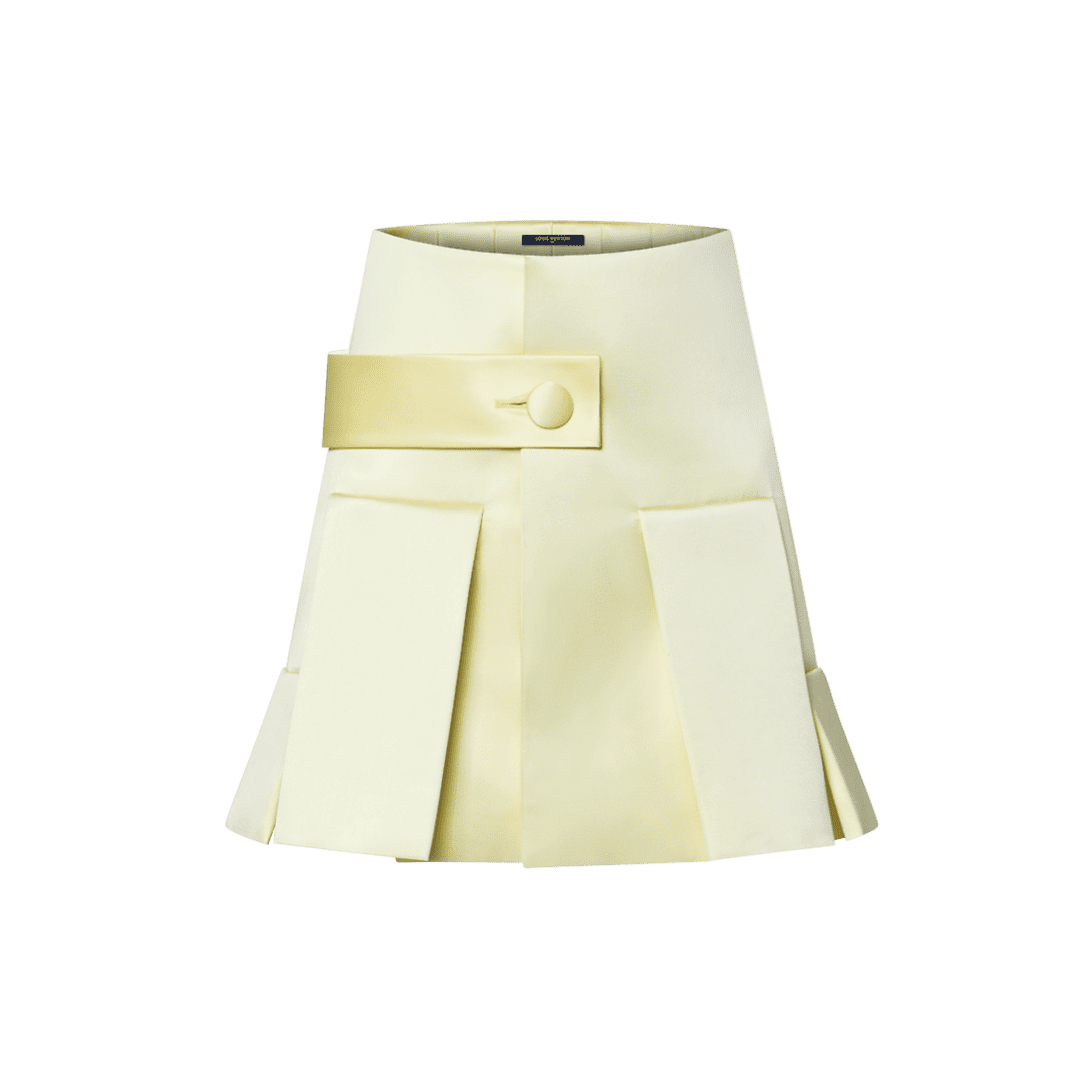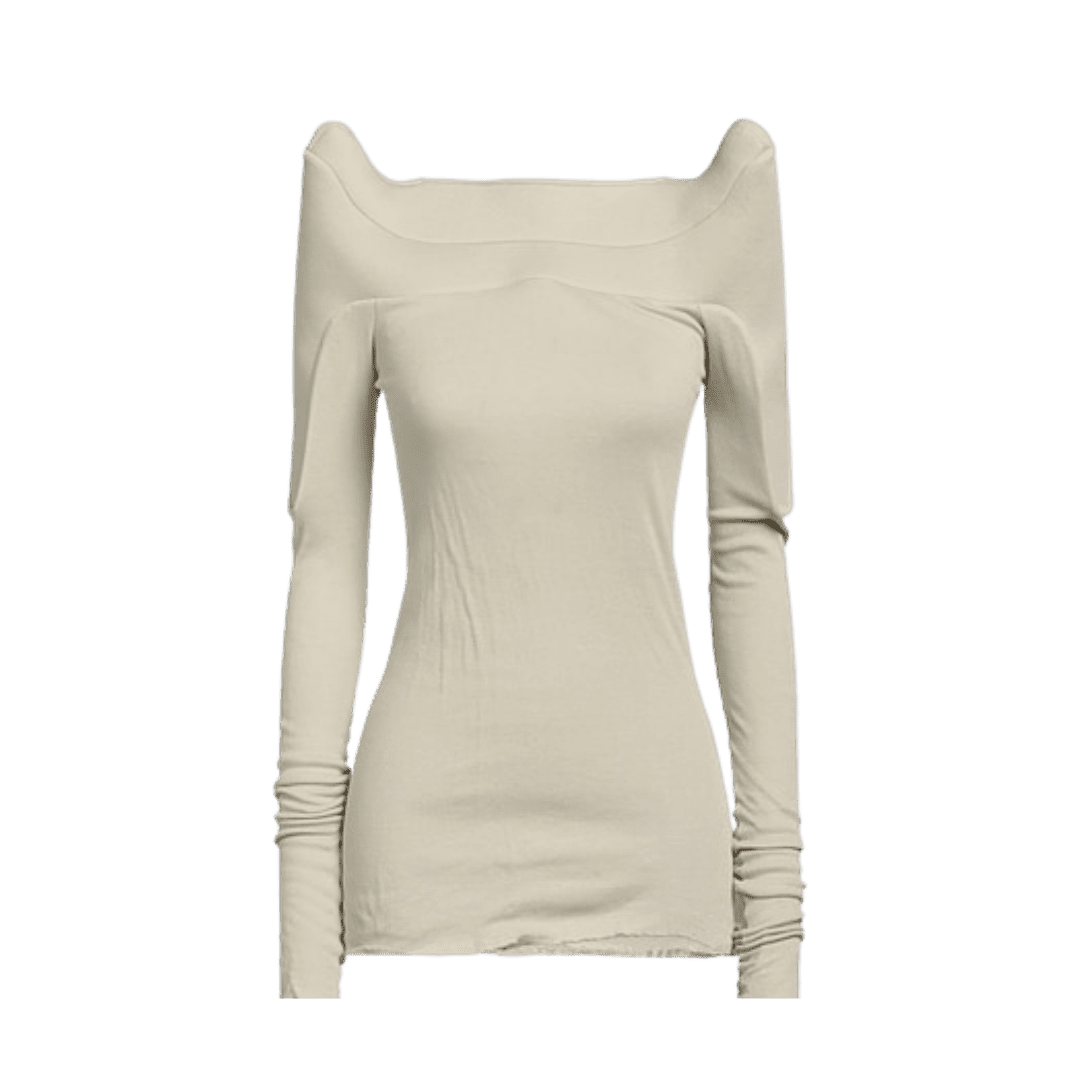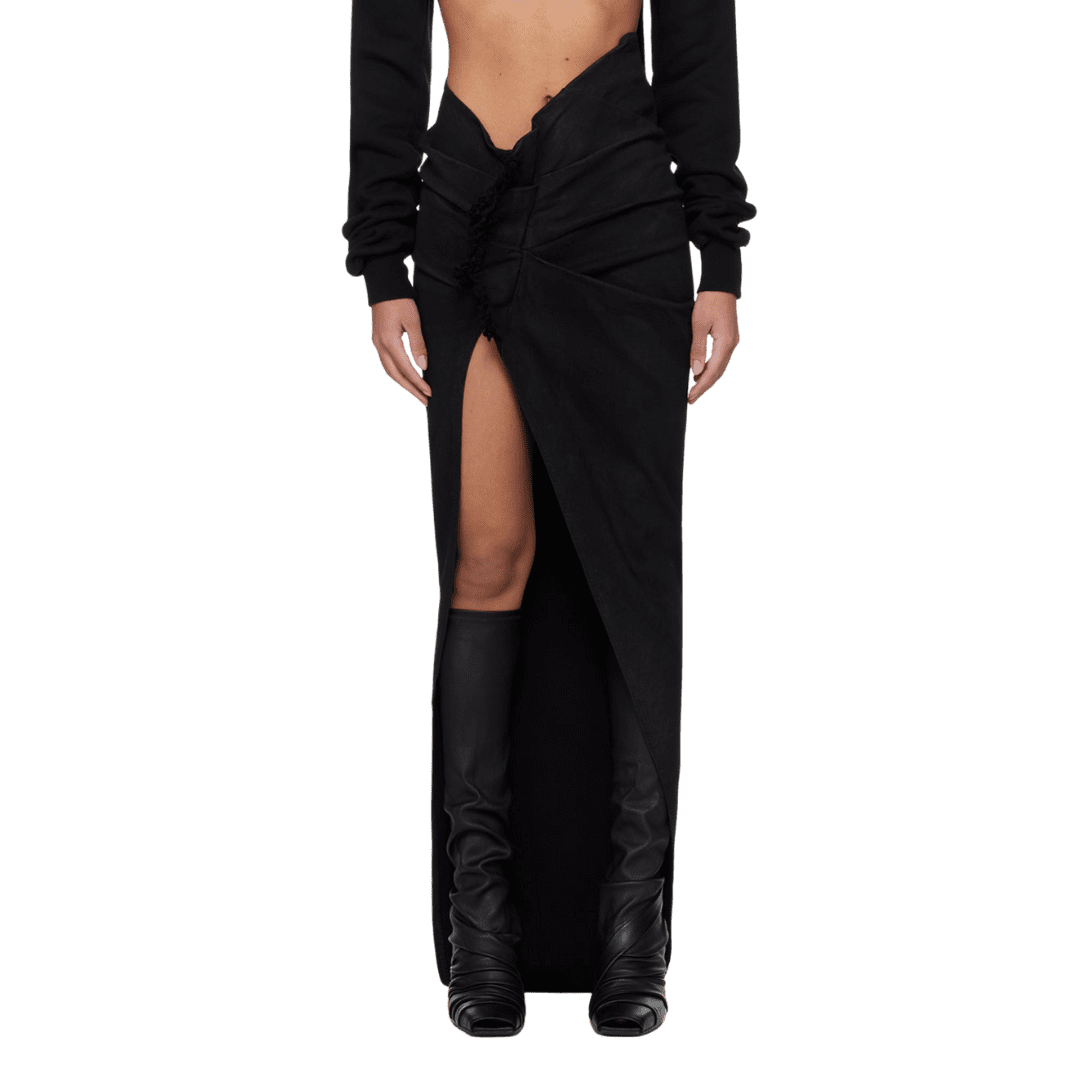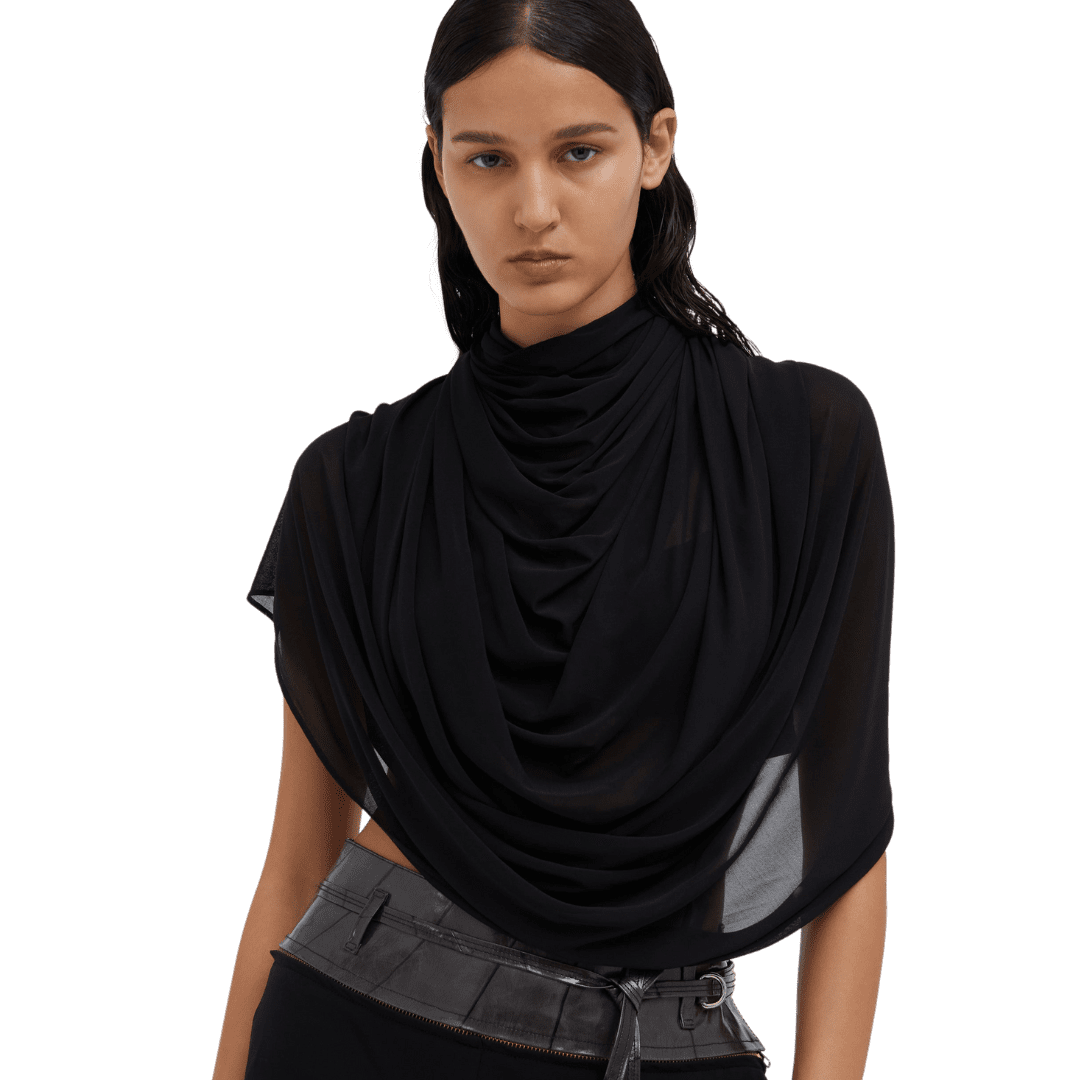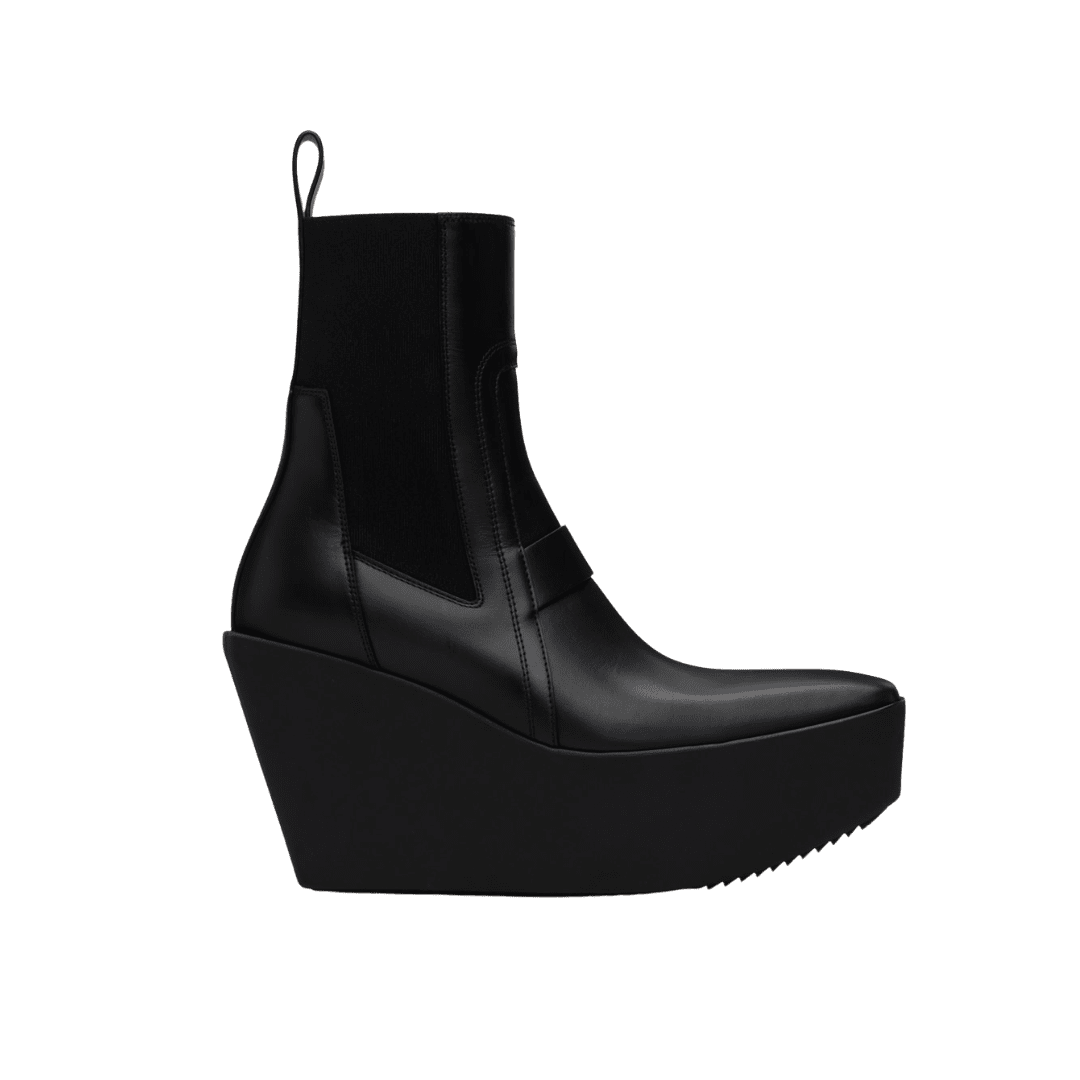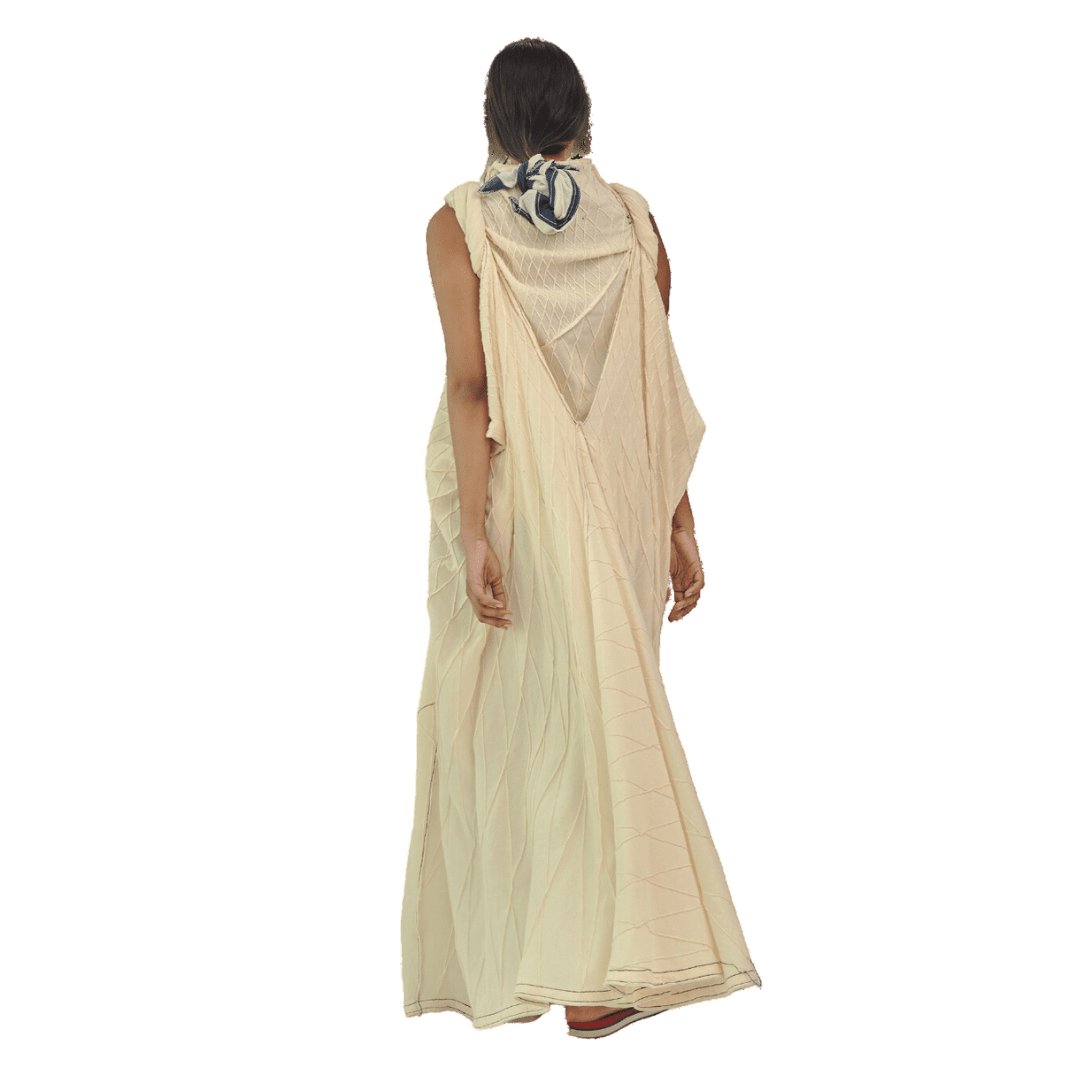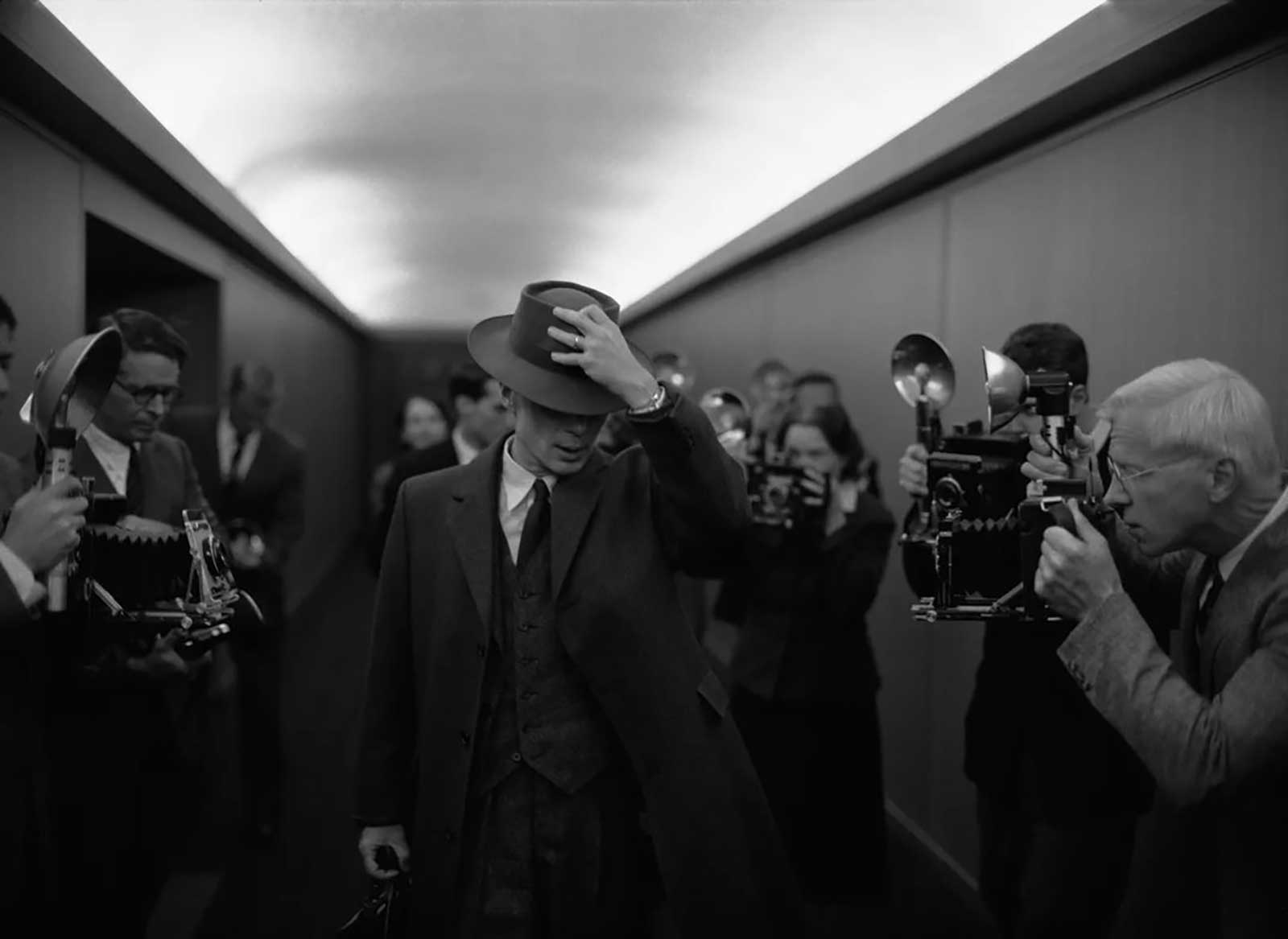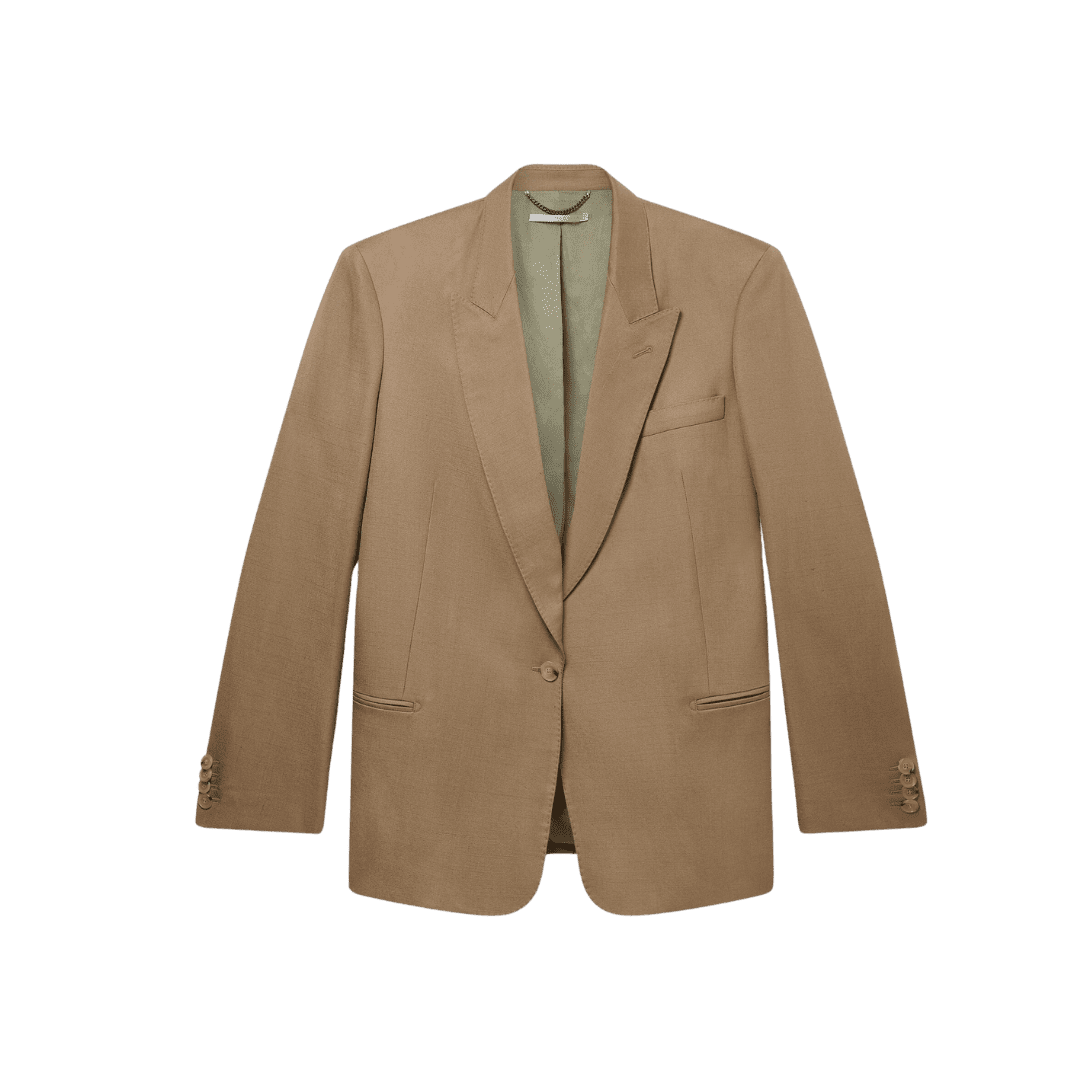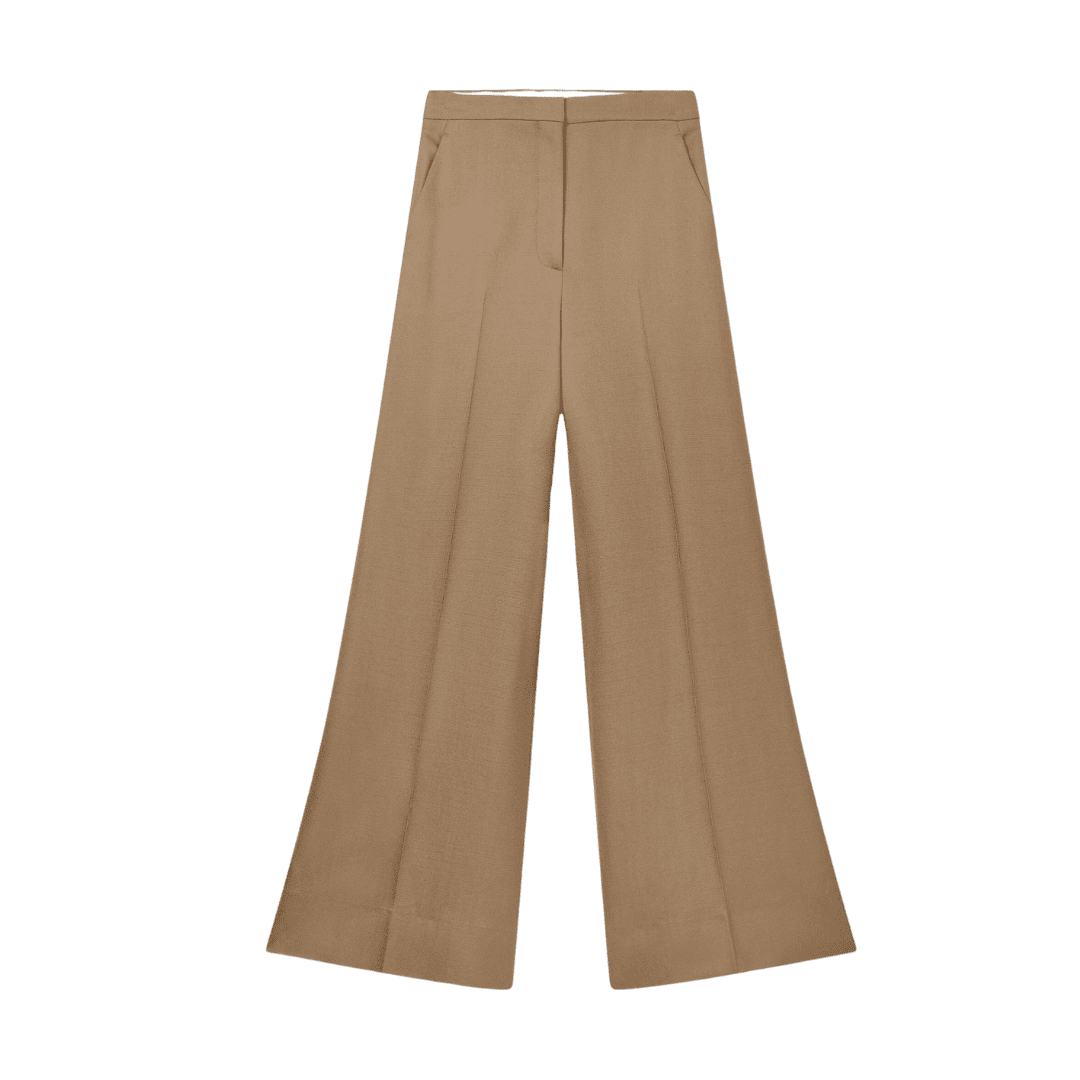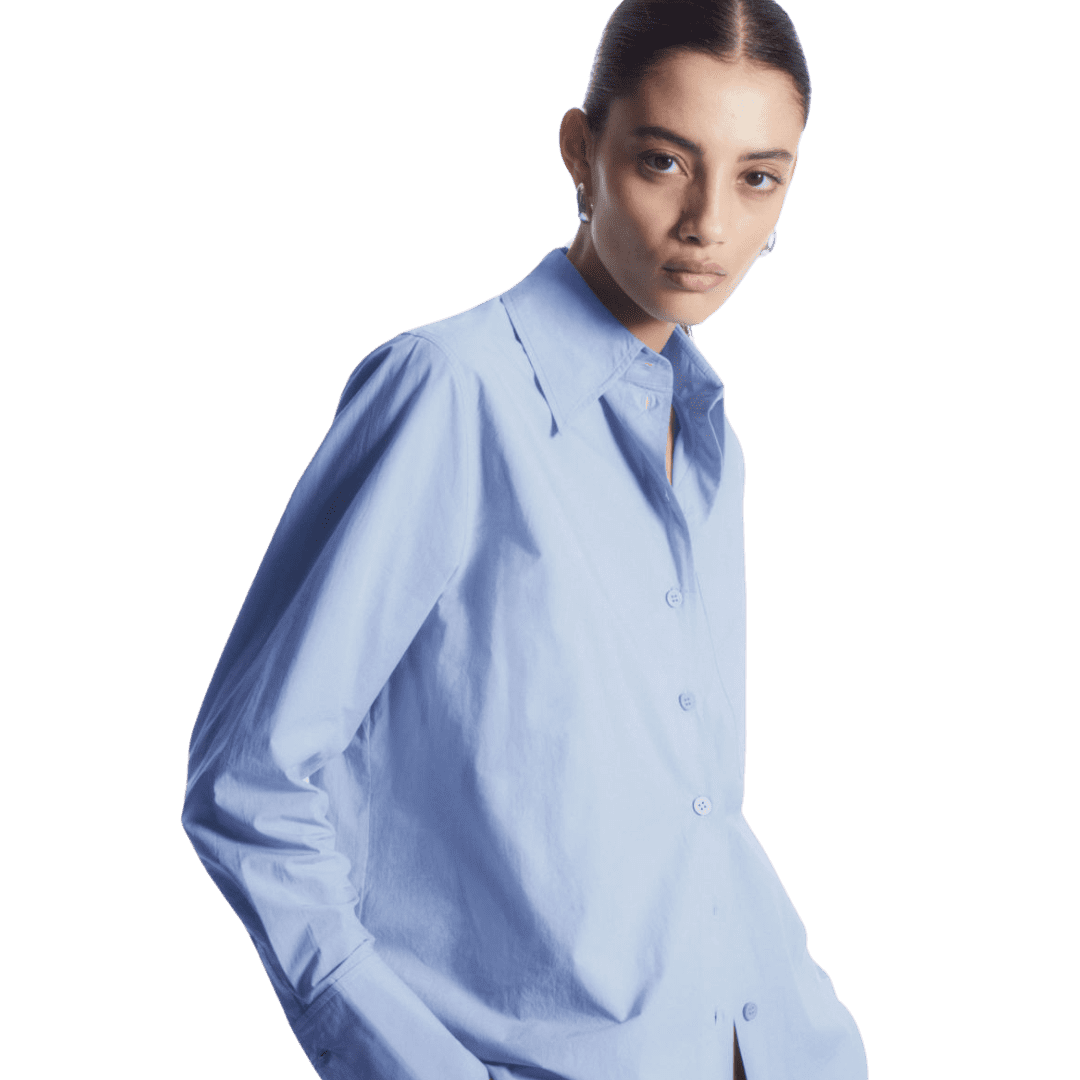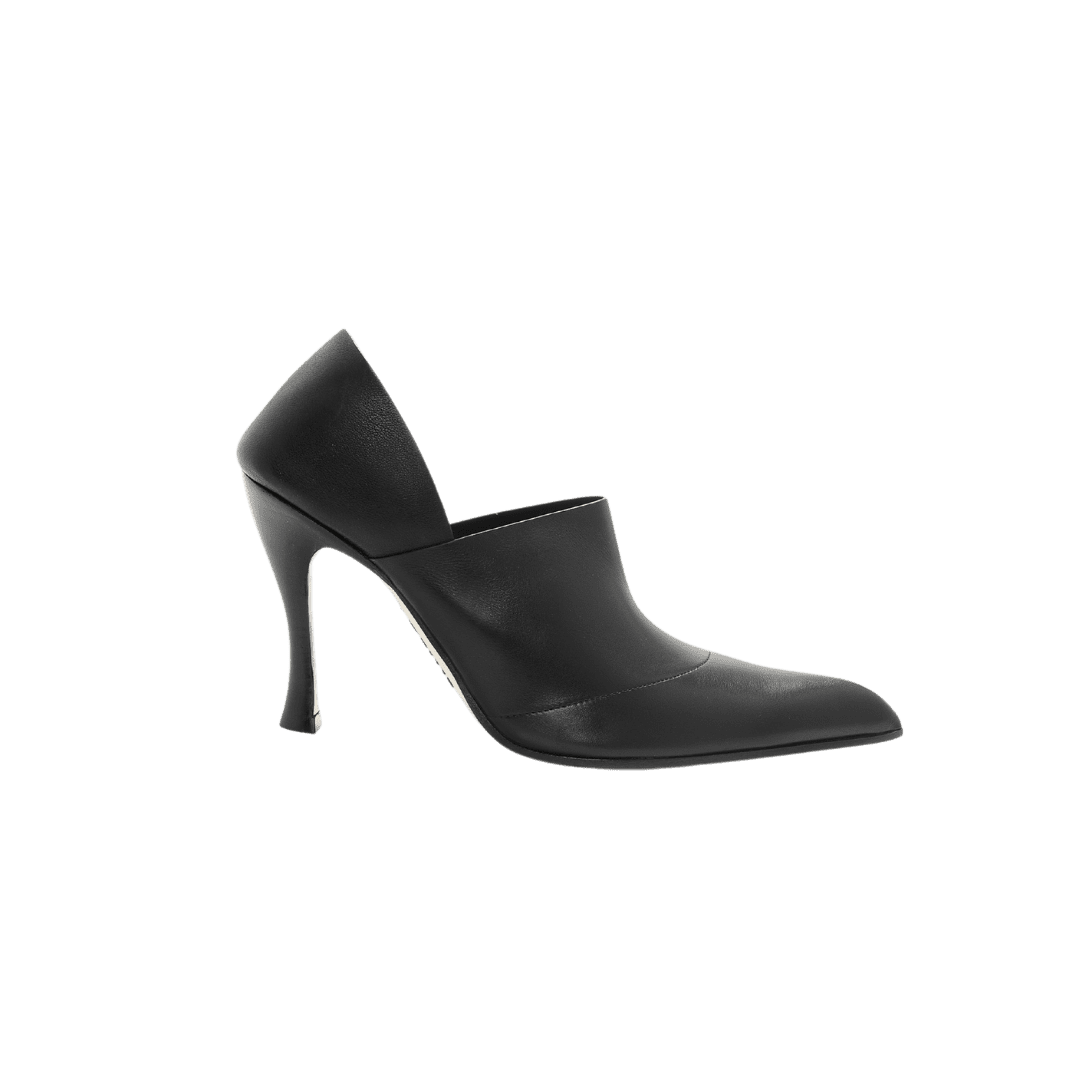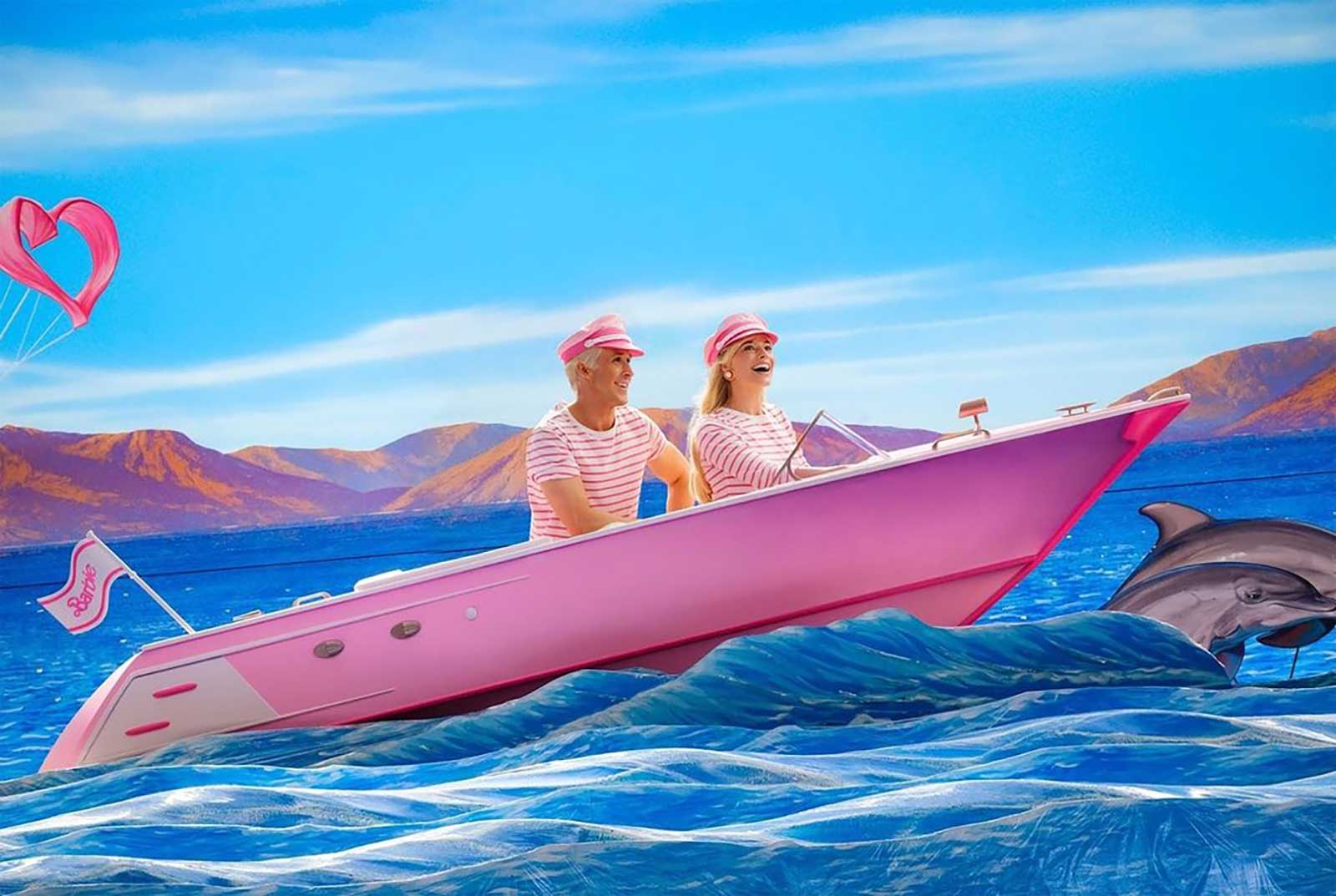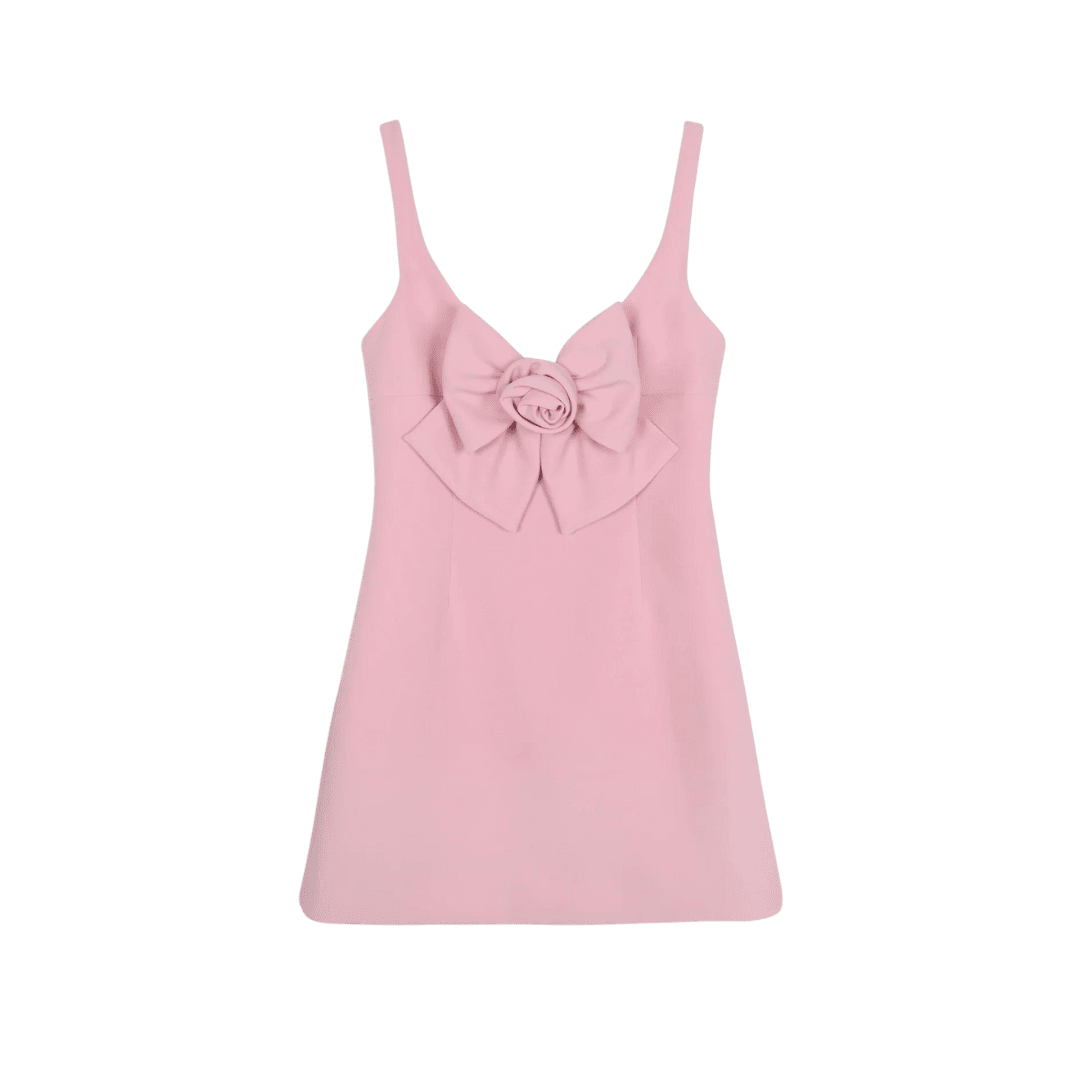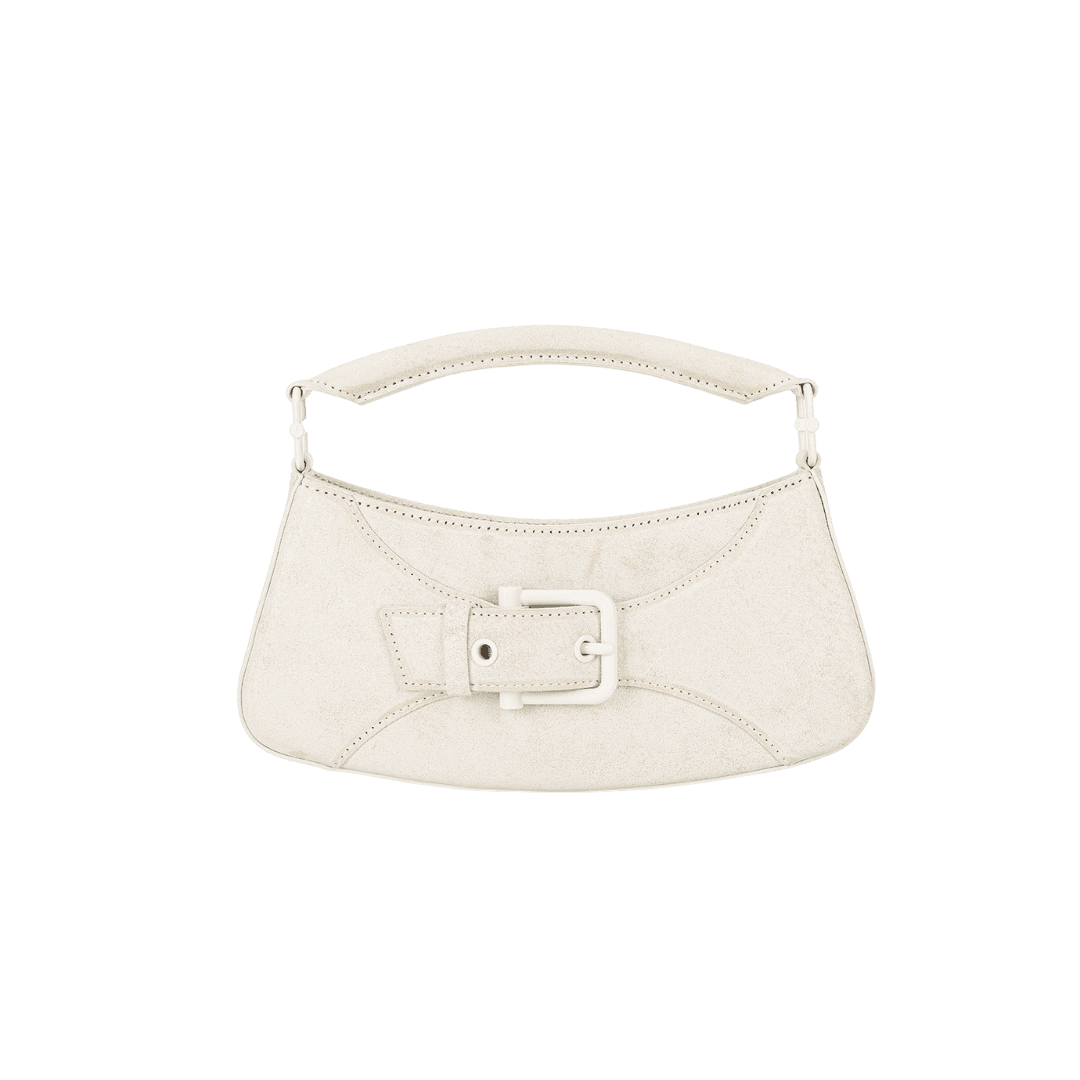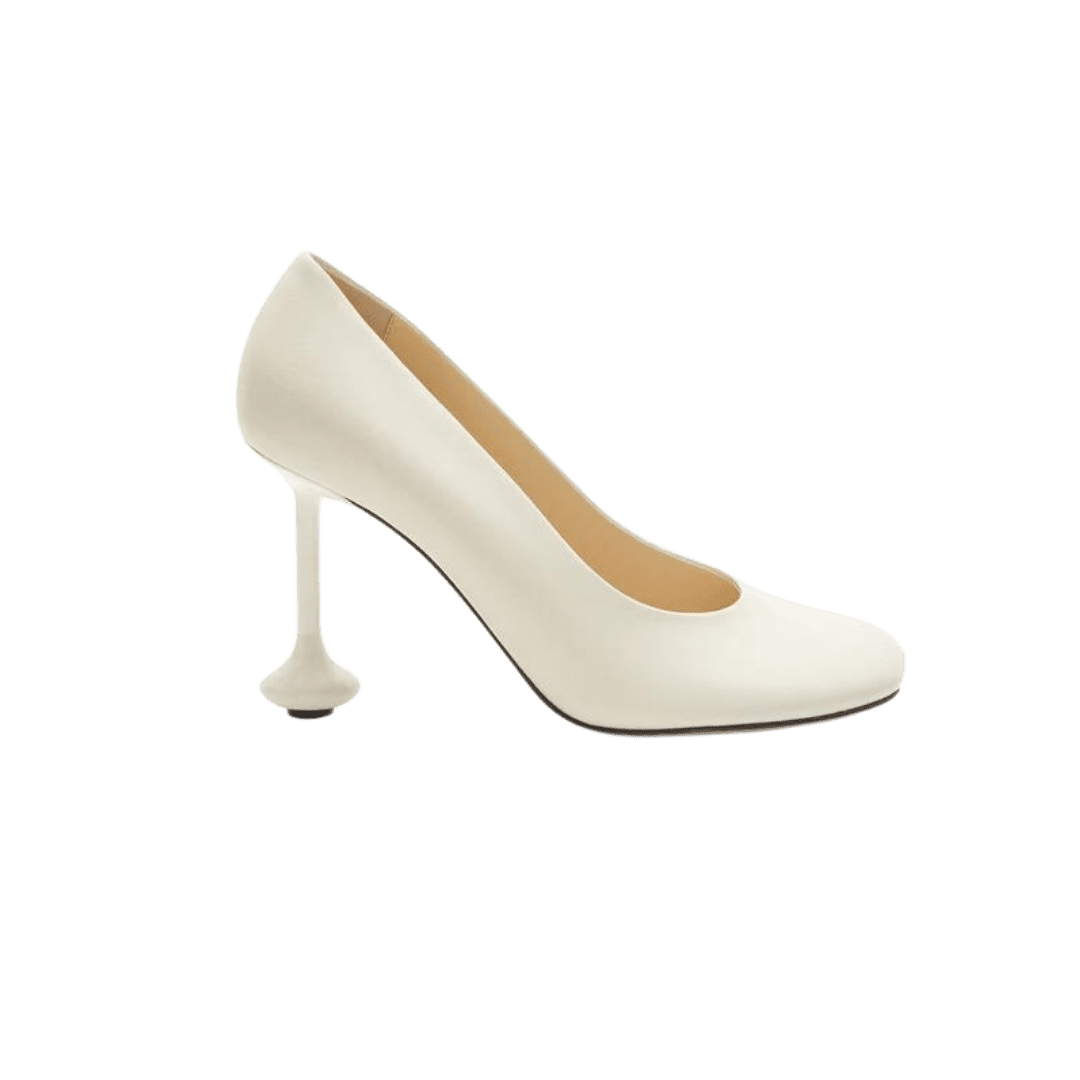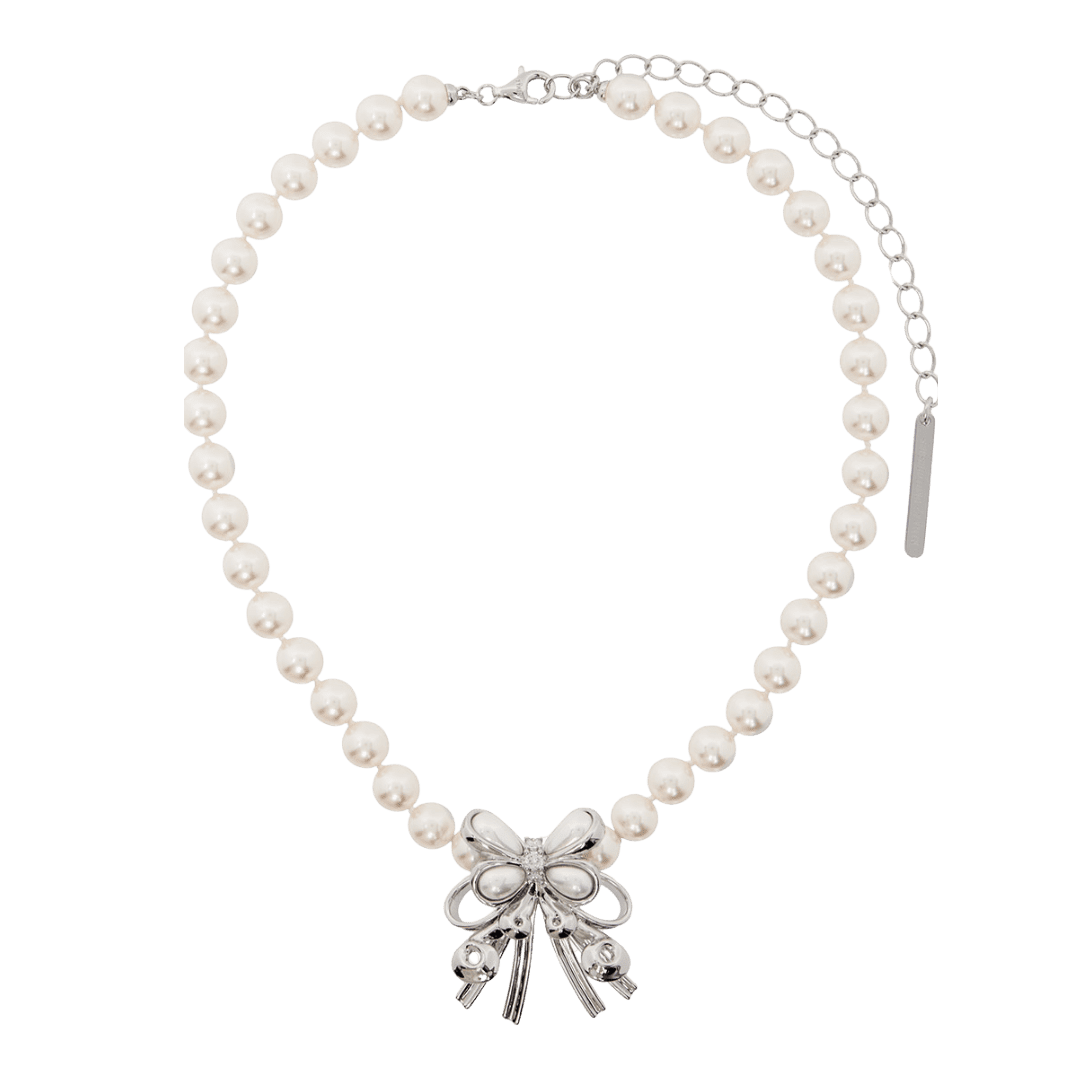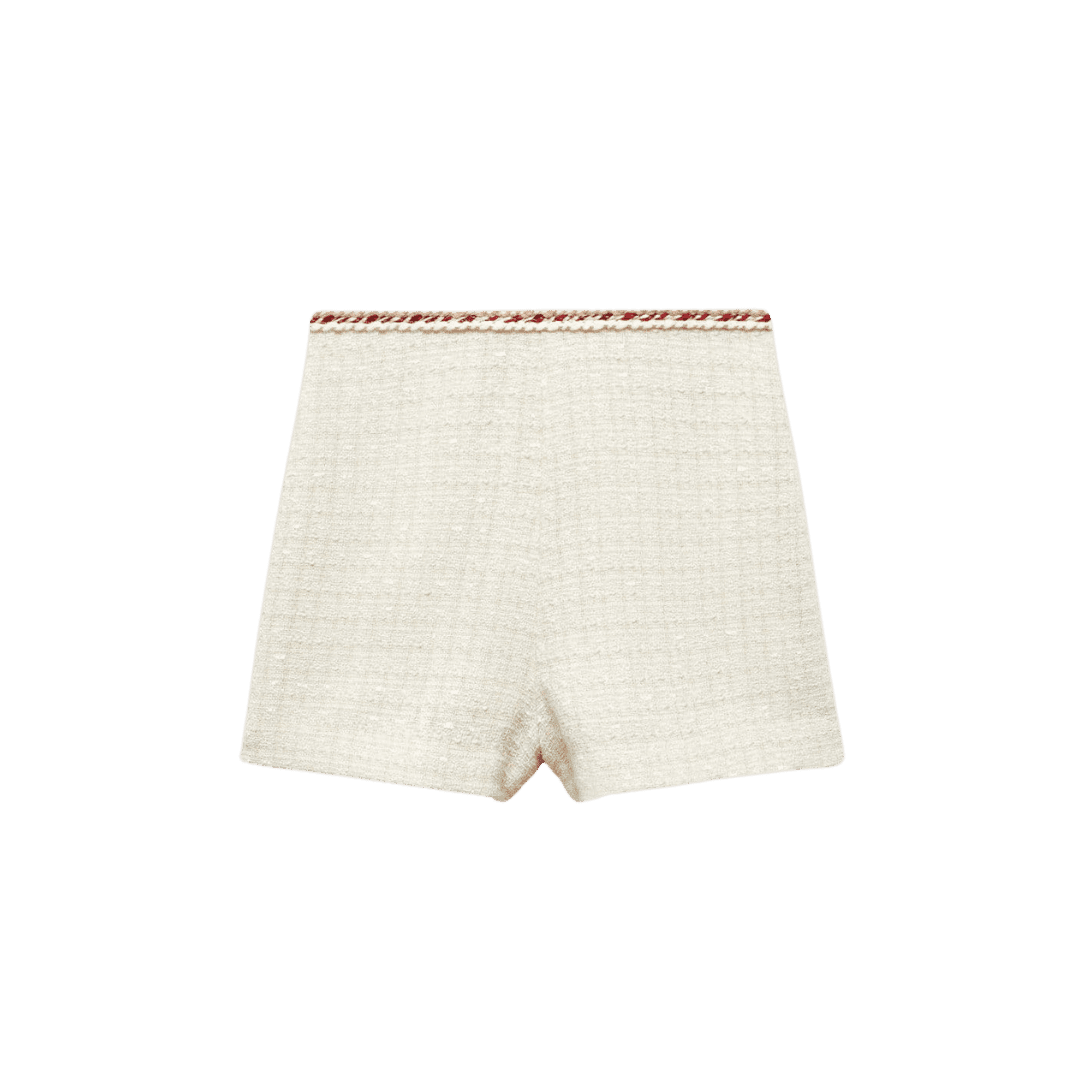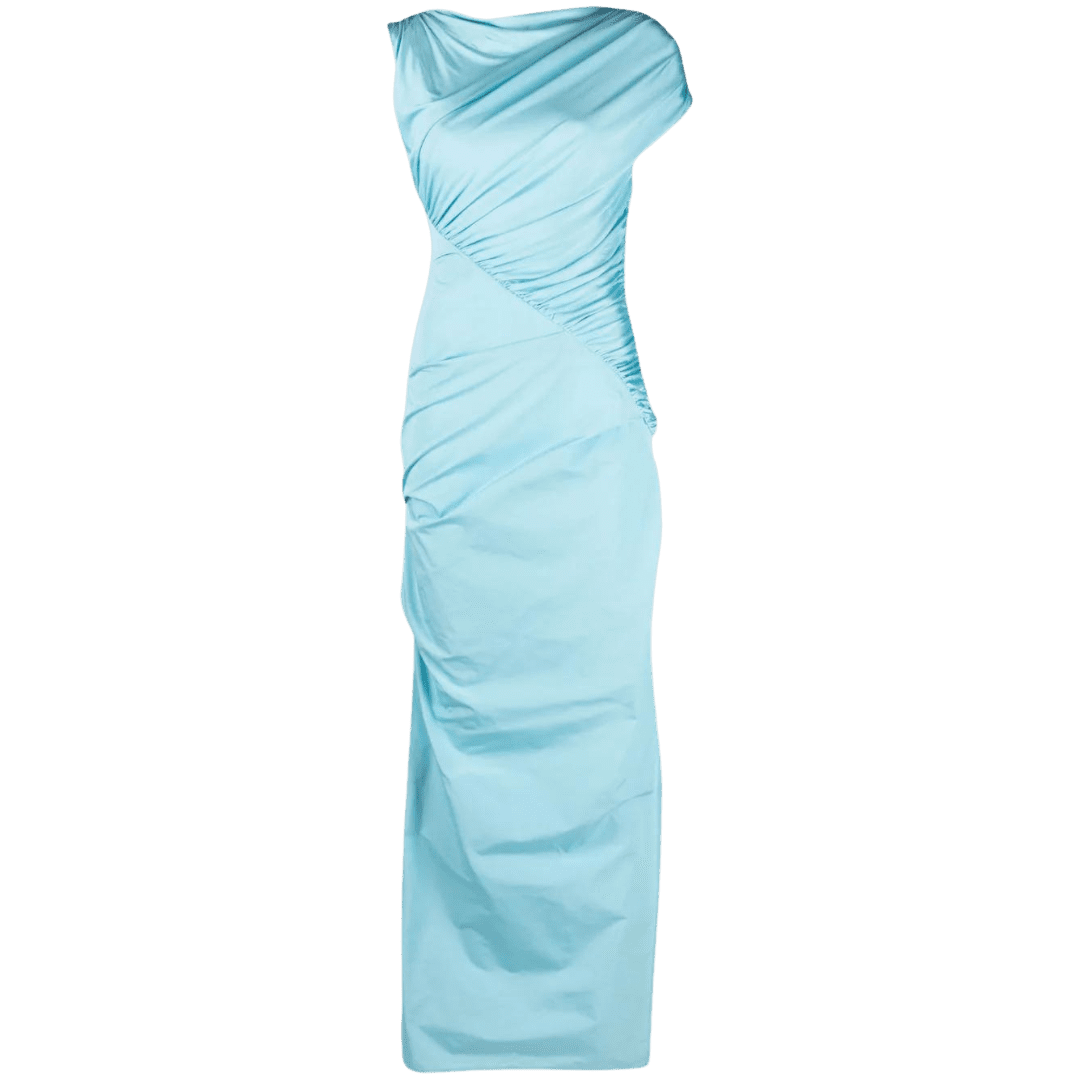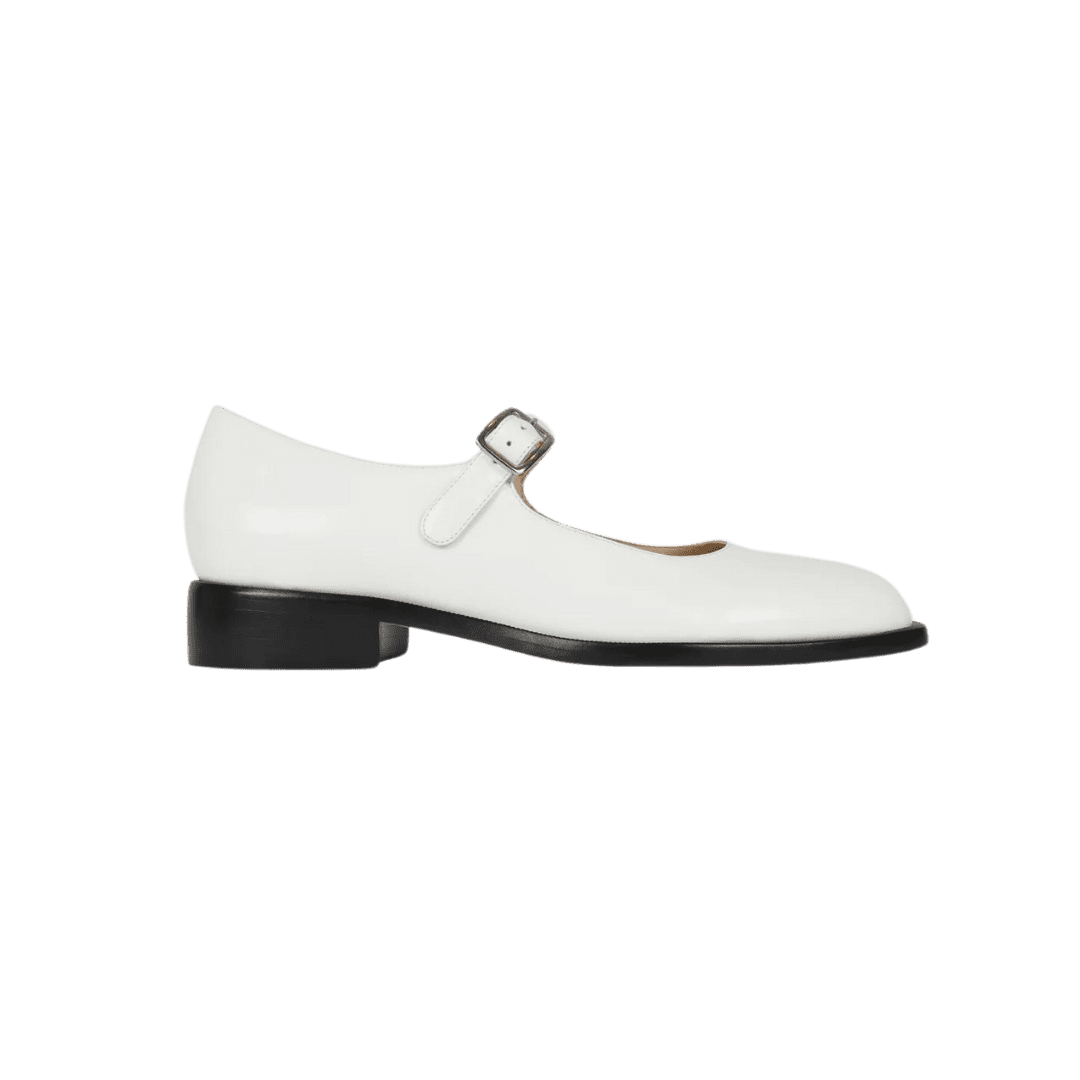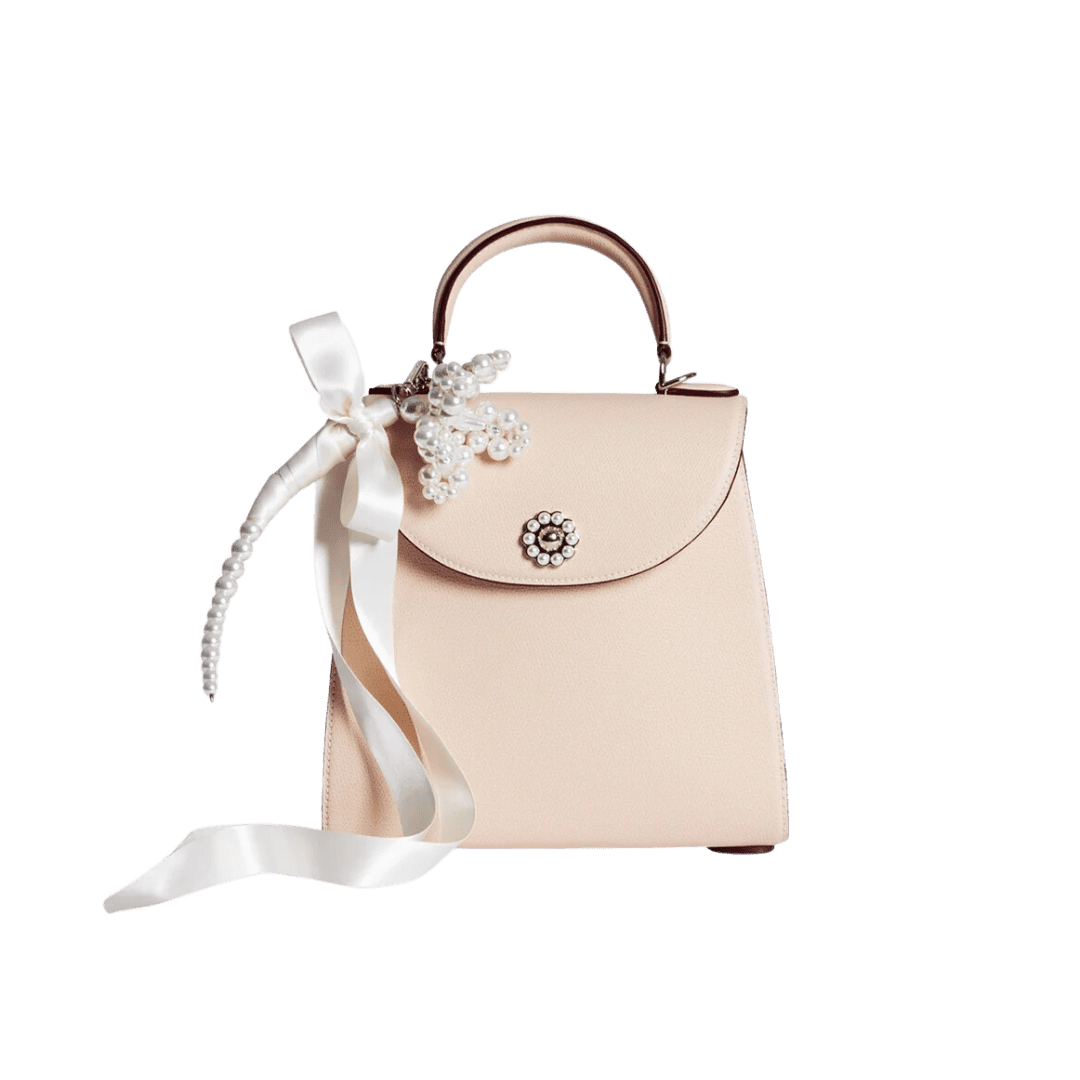A stellar year in costume design spells sartorial inspiration for spring. Cues from Poor Things, Dune, Oppenheimer, Barbie, or Maestro might hold your next wardrobe staple.
The past year has seen costume design take an exciting turn. In approaching costuming for period films, it’s easy to assume that designers would lean toward accuracy. They do, of course, but only to a certain degree.
For Maestro costume designer Mark Bridges, whose work for The Artist (2011) and Phantom Thread (2017) has won him the coveted golden statuettes, translating historical dress for the screen requires a certain amount of restraint. It’s all about the details that say what needs to be said, and the rest is optimized to the tastes of a contemporary audience. “We had to tell everything about the passage of time with a hem length and a color palette,” he told US Vogue. “We didn’t put any dates on there.”
Poor Things took home the Oscar for best costume design this year, and for good reason. Designer Holly Waddington’s plush, puff-sleeved costumes brought Yorgos Lanthimos’s distorted fantasy to life. Meant to be set in the 1880s, the wardrobe wasn’t limited to that time alone; Waddington referenced an amalgamation of eras: the Elizabethan period, the 1930s, and the 1980s among others.
Even Dune: Part Two, the second in Denis Villeneuve’s epic of three parts, would rely on mixing periods, even though it’s set eons in the future. In an interview with Variety, he talks about one of Dune One’s opening scenes, set in a dark room lined wall-to-wall with books and sheathed in ancient rugs. “I deeply love the idea to start a sci-fi film in a library,” he said. “I think the counterpoint of it is beautiful.”
The approach was the same for its costumes through to the sequel, as Jacqueline West took inspiration from medieval nuns and tarot cards for the introduction of two new Bene Gesserit characters (Léa Seydoux’s Lady Fenring and Florence Pugh’s Princess Irulan), and even from Elvis, as she dressed Austin Butler’s Feyd-Rautha Harkonnen with the stylings of a “rock star.”
As we see the runways dip in and out of past decades from season to season, the films speak a lot to how we dress ourselves today, despite depicting an entirely different time. (A special mention has to go to Sophie Canale’s early aughts costuming in Saltburn, immediately if not already reflected in the latest offerings of brands like Miu Miu and Bode, and trends like the New Prep and indie sleaze.)
In that regard, it’s become increasingly simple to wear your favorite films of late. Below, find Vogue Philippines‘ curation of pieces to reflect your affinities in your wardrobe—whether it’s a taste for dramatic puff-sleeved tops and pastels, a dollish take on present-day California, or the protective layers that look like it could traverse the harsh landscapes of post-apocalyptic worlds.
Poor Things
Pouf-pumped and frilled at the edges, designer Holly Waddington’s Academy Award-winning costumes held the otherworldly quality fitting of Yorgos Lanthimos’s distorted, fantastical vision for the film adaptation of Poor Things. Silks and brocades took on the palette of an Egon Schiele painting: cadmium yellow, deep amber, a feverish shade of peach. The saturated hues didn’t make for a lack of textural interest, with cascading ruffles, billowed sleeves, and pillow-like trails to envelop Bella Baxter’s (Emma Stone) free, optimistic spirit.
This spring, opt for a mix of eras and textures: Nicklas Skovgaard’s asymmetrical smocking and dramatic tops, The Row’s pin-buckled patent leather boots, or modish skirts in options of sheer and satin duchesse.
Dune: Part Two
The second in director Denis Villeneuve’s three-part epic wasn’t a part of the lineup at this year’s awards season, but its premiere and promotional tour still isn’t lost online. As talks of a Bene Gesserit Halloween swirl across the internet, search for draped fabrications reminiscent of Dune’s post-apocalyptic landscape: gauzy head coverings, draped layers, and leather.
Oppenheimer
In costuming the father of the atomic bomb, designer Ellen Mirojnick referenced David Bowie. There was an added layer of effortlessness to the austere 1940s silhouettes, with broadened shoulders balanced out by added volume to the trousers. Find inspiration from Mirojnick’s styling elements: easy tailoring, oxford shirts, a sophisticated shoe, and, if you wish, a short necktie to sharpen up the look.
Barbie
It’s hard to talk about last awards season without mentioning Greta Gerwig’s blockbuster film. Barbiecore might have run its course, with Margot Robbie reaching the end of her press tour wardrobe with black, no less, but it still is still possible to find inspiration in Jacqueline Durran’s lasting costumes. For a look that is referential but isn’t too on the nose, think romance, nostalgia, and a touch of Y2K.
Maestro
Bradley Cooper’s Maestro chronicles the lives of American conductor Leonard Bernstein and his wife Felicia Montealegre (Carey Mulligan) from the 1940s to the 80s. Designer Mark Bridges worked closely with their photographs, often working off of slivers of detail to evoke each decade. He told US Vogue, “You imagine what the dress could be like.”
Whatever the time period, Montealegre was always poised for an elegant summer, adopting the narrow silhouettes of the time with Chanel-inspired tweed suits and draped dresses.
- Spring Trend “Corp-core” Means Business: How To Style Your Workwear Beyond Your 9 to 5
- From Homegrown Brands to Vintage Finds: Vogue‘s Retail Roundup for the Weekend
- Don’t Overthink It—A White Shirt, Jeans, and Black Flats Is The Season’s Most Wanted Look
- The Summer-fied Mary Jane Captivating Fashion Girls From New York To The Mediterranean
